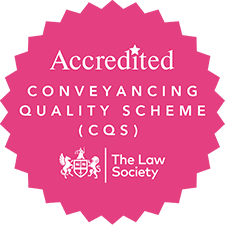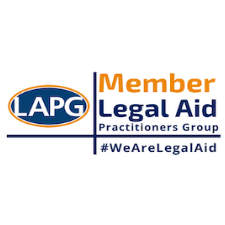If you are a Landlord renting a residential property under an assured shorthold tenancy that started after 6 April 2007, you are required to put the Tenant’s deposit in a government backed tenancy deposit scheme. The deposit must be placed into a scheme within 30 days of receiving it from the Tenant.
Schemes
The Tenant’s deposit can be registered in England and Wales with the following: –
- Deposit Protection Service – https://www.depositprotection.com/
- MyDeposits – https://www.mydeposits.co.uk/
- Tenancy Deposit Scheme – https://www.tenancydepositscheme.com/is-my-deposit-protected.html
All schemes offer the Landlord two options, (1) the scheme can hold the deposit for free which is known as a custodial scheme or (2) the Landlord holds the deposit and the Landlord will then pay the scheme to insure it which is known as a insured scheme.
These government-backed schemes ensure your tenants will get their deposit back if they:
- Meet the terms of your tenancy agreement;
- Do not damage the property;
- Pay the rent and bills.
Information Landlords must give Tenants
Landlord’s must provide the following information to the Tenant within 30 days of receipt of the deposit:
- The address of the property;
- How much deposit the Tenant has paid;
- How the deposit is protected;
- The name and contact details of the tenancy deposit protection;
- Landlord’s details;
- How to apply to get the deposit back;
- What to do if there is a dispute over the deposit.
What happens if the Landlord does not protect the deposit?
If the Landlord does not protect the Tenant’s deposit, Tenant’s can apply to the local County court and the court can order the Landlord to repay the deposit or order the Landlord to pay the deposit into a Tenancy Deposit Protection scheme within 14 days. Tenant’s should seek legal advice before applying to court.
At the end of a Tenancy
The Landlord must return the deposit to the Tenant within 10 days of both the Landlord and Tenant agreeing on how much will be returned.








